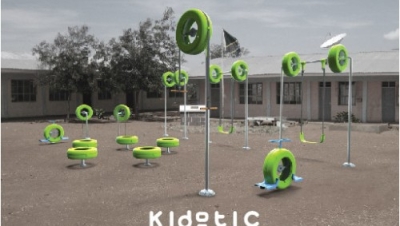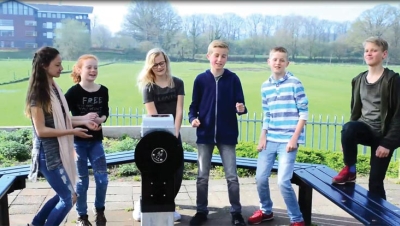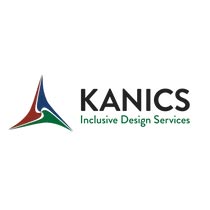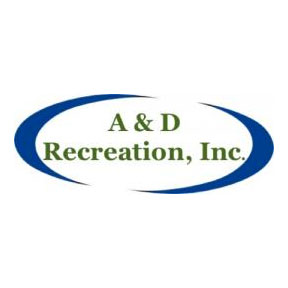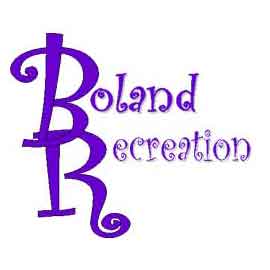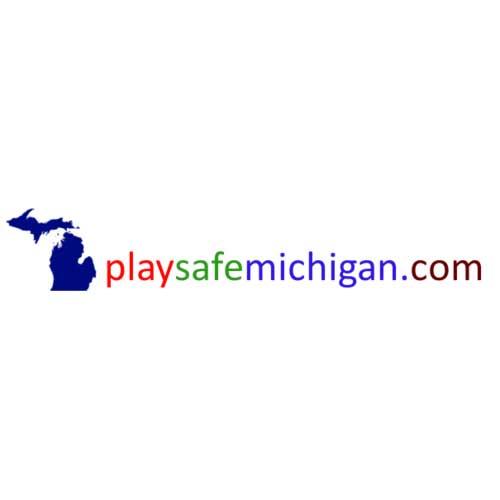Standards Consist Of Words And Words Have Definitions And They Matter
Standards provide the ability to measure accurately. They can be specifications, test methods, procedures, practices and in some cases guides. The Guides are unique as they offer choices for the user to achieve an outcome, while Specifications set requirements that must be adhered to. The definition by the national Standards Writing Organization (SWO) of “should”, “shall”, “require”, “recommend”, “must”, “may”, “can” are important. In all standards “should” indicates a choice to do or not do a specific thing, while “shall” indicate what must be done, the same as the difference as between “recommend” and “require”. In some cases, there is a choice of specific actions being offer to meet compliance with that Standard. An example it the SWO CSA with “In CSA Standards, “shall” is used to express a requirement, i.e., a provision that the user is obliged to satisfy in order to comply with the Standard; “should” is used to express a recommendation or that which is advised but not required; “may” is used to express an option or that which is permissible within the limits of the Standard; and “can” is used to express possibility or capability”. For “may” to be used there must first be the provision of a choice and then only one of those choices is performed and not some made up option that pleases a user.
Failure to follow the standards through spin or wishful thinking on the part of suppliers, test laboratories, manufactures, inspectors or users in general destroys the accuracy of the measuring process, the integrity of the Standard and the outcomes can put manufacturers of products, suppliers of services, the inspectors who name playgrounds as compliant and the end users in jeopardy. For compliance with or to a Standard, the proponent must be able to provide written documentation that is verifiable.
Why do standards matter? Various international standards bodies answer this for themselves;
ISO (International)
“International Standards bring technological, economic and societal benefits. They help to harmonize technical specifications of products and services making industry more efficient and breaking down barriers to international trade. Conformity to International Standards helps reassure consumers that products are safe, efficient and good for the environment.”
CSA (Canada)
“Standards impact our lives on a daily basis. From the appliances in your home, to the structures and systems in your office, to the bridges and roads you use to get between the two, standards help contribute to a safer, more sustainable world. For industry, standards facilitate international trade by encouraging commonalities between products and parts.”
BSI (United Kingdom)
“Standards affect all of us, every day of our lives. Whenever we use a product or service, there’s a good chance there’s a standard to cover it, whether we’re using a washing machine, mobile phone, playground or sports stadium, driving a car, paying bills, eating in a restaurant, making a complaint…there are standards for all kinds of things. Put simply, standards make things better: safer, higher quality and easier to use. But as a consumer you don’t just benefit from existing standards. You can also help shape tomorrow’s standards”
ASTM (USA)
“Over 12,000 ASTM standards operate globally. Defined and set by us, they improve the lives of millions every day.
Combined with our innovative business services, ASTM standards enhance performance and help everyone have confidence in the things they buy and use – from the toy in a child’s hand to the aircraft overhead.”
CEN (Europe)
“CEN, the European Committee for Standardization, is an association that brings together the National Standardization Bodies of 33 European countries.
CEN is one of three European Standardization Organizations (together with CENELEC and ETSI) that have been officially recognized by the European Union and by the European Free Trade Association (EFTA) as being responsible for developing and defining voluntary standards at European level.”
Each SWO will use words that are defined by that organization. There are instances where same word has slightly different meanings from one SWO to another and they may be conflicting across SWOs. Readers and users of the each standard must be sure they clearly understand how words are being used and their meaning, particularly when injury prevention and liability on the part of suppliers, owners or users of a products are involved. Personal preference is not an option. Problems can also occur when one standard references another standard from another SWO. Here it is critical that when reading the referring standard, the words are used appropriately and when the meaning of that word changes in the referenced standard, then the new meaning only applies to that referenced standard. Another problem that referencing other standards brings in the choice of selecting of a specific revision as stated and not what would be the current revision of a standard.
The stakeholders in playgrounds, and more specifically playground surfacing, are varied and they will have specific needs in relation to the standard. The owner/operator is responsible for the performance of the playground and the prevention of injury to the user. In relation to the performance of the surface they are given the option of selecting a drop height of their choosing and are allowed to demand lower values for g or HIC as a result of their risk assessment. To meet their need, the testing must be accurate, repeatable and reproducible. The supplier of the equipment has a two-sided interest; first that the performance of the surface does not increase the cost of the project or reduce their portion of the budget and second that injuries are not greater than the societal threshold and have them held to account for liability or a consumer product recall. The surfacing company wants to know that they have met their contract obligations and will be paid and that their work will not result in an injury that places them in jeopardy of a law suit or a consumer product recall. The inspector has the responsibility of being the “gatekeeper” for all the other stakeholders applying the requirements of the standard to establish accurate results that can be used and would stand up to a challenge should a challenge or injury occur. Lastly is the user and their caregivers, who have a distinct expectation in relation to injury threshold they are willing to tolerate and expect that their uninhibited play will not result in an injury that exceeds that threshold. Users also plan on using the playgrounds to the limits they set and the risk levels they are comfortable with and have the full expectation that the hazards have been removed by the designer, manufacturer, installer and/or owner and the inspector has been able to confirm compliance.
The success of the playground is dependent upon the directions and choices made in any standard. In the end, WORDS matter.




